Tough Gear, Tougher Bodies?
Let’s be honest: nobody signs up to wear a police duty belt because it’s comfortable. Those things dig in and make you shift around in your seat, or even wince on a foot chase. (Real talk—sometimes it feels like your gear is working against you, right?) But if you’re an officer, your body is your true backup. And… what you do with your muscles today? That makes tomorrow’s shift a lot easier—or way harder.
I remember one night, maybe 3 a.m., watching a partner try to stand up fast out of his patrol car. We both groaned—his back, my knees. Both of us blamed the gear, but quietly, I was pretty sure it had more to do with training (or, you know, skipping it for coffee and drive-thru breakfast tacos). Ever wonder if it’s really the kit—or if our own bodies just aren’t ready for the constant grind? That’s where the relevance of this system to police work muscle system sneaks in.

When Gear Fights Back
Muscles on Overdrive, Whether You Notice or Not
Turns out, our muscles are always adapting—sometimes in ways we wish they wouldn’t. According to cool research on law enforcement gear, wearing a duty belt changes how your muscles behave during basic stuff like walking or bending to pick something up (muscle activation study). That muscle system of yours? It’s pulling extra duty from the shift’s first minute.
You know what’s wild? Even just standing and walking, those belts tweak your hip and lower back muscles, making simple movements more awkward. After months—or years—those little tweaks add up to aches that won’t quit, strains, or even the dreaded Gun belt syndrome.
Table: Belt vs. Vest — What Hurts More?
| Gear | Muscle Effect | Officer Comfort |
|---|---|---|
| Duty Belt | Boosts lower back strain, throws off hips | Discomfort, especially during long patrol drives |
| Load Vest | Shares weight with shoulders and core | Often feels less brutal on the back |
If this all sounds familiar—aching hips, sore back after a long shift—you’re not alone. One sergeant I know swapped from belt to vest after reading about Gun belt syndrome; he said it felt like dropping five years of pain overnight. Even his posture changed.
Why Strength Is the Secret Sauce
Fitness for the Chaos Only Cops Know
Here’s the thing… Fitness is different for police. You can’t just look fit—you’ve got to be ready to scramble from sitting still to full sprint, to grapple, to haul someone bigger than you. Muscle isn’t just about flexing. It’s raw insurance for every wild call.
Ever try controlling a subject when your grip’s failing, or your legs wobble halfway through a tussle? Functional strength—think deadlifts, squats, presses—is what keeps you safer and more in control (Police functional strength tips).

Short Story: Rookie Turns Veteran
I watched a rookie, fresh out of academy, stick with push-ups and air squats for months. Just bodyweight at first, then little by little, added kettlebells and sandbags. A year in, he laughed when we used to call him “noodle arms.” On a tough 2 a.m. call, he tossed up a fence and was first over—while three of us in our 30s watched, breathing hard from behind. That’s not luck. That’s deliberate training for the relevance of this system to police work muscle system.
How Do You Train for Real Life?
So, how do you get those real muscles—not just gym mirror muscles? Skip the isolation machines. Focus on compound movements (squats, deadlifts, rows, push-ups, farmers’ carries). They echo what the job throws at you: standing, running, grabbing, maneuvering gear. Try pyramid sets—build up then down (one push-up, two, up to ten, then back to one)—so your muscles learn to handle bursts and recover fast (tactical training tips).
Feeling lost on how to get started? Even three twenty-minute sessions a week with these basics will put you ahead of 90% of the station (and save your own back from belt purgatory). Want more proof? See why building and why is physical fitness important for police officers?… it’s not just about passing the annual test. It’s survival, stamina, and better odds of going home pain-free.
Recovery: The Overlooked Weapon
Are You Letting Your Body Heal?
No one wants to admit it, but hustling 24/7 without a pause just grinds you down. Recovery is your (sometimes ignored) friend. Heard of POLICE? (No, not the guys with the badge—the Protection, Optimal Loading, Ice, Compression, Elevation thing.) It’s used for sports injuries, but works brilliantly when your back starts barking or your knee feels tight after a crazy shift (POLICE principle guide).
One buddy tweaks his calf after every training day—out comes the ice and compression wrap. Instead of just toughing it out (old school, but not smart), he’s back running in a couple days. The trick: don’t power through pain. Give those hard-working muscles a second to catch up. Think of it like letting your squad car idle after a pursuit… gotta cool the engine.
Table: POLICE Principle Cop Quick Guide
| Step | What It Means for Cops | Everyday Example |
|---|---|---|
| Protection | Protect sore spots (adjust belt/holster) | Move radio pouch to avoid constant rub |
| Optimal Loading | Gradually add weight/stress | Add short, weighted walks off shift |
| Ice | Reduce swelling/aches post-shift | Ice knee after rough chase |
| Compression | Decrease swelling, speed recovery | Wrap wrists after grappling |
| Elevation | Limit swelling/blood pooling | Feet up (yes, on the break room table!) |
If you’re not doing at least one of these after a tough day, you’re missing out. This is how to keep your police work muscle system sharp—and your shifts headache-free.

Food and The Fight
Not Just About Protein Shakes
Fueling up matters way more than you think. We joke about “cop coffee and donuts,” but your muscles crave calories that give, not just sugar that crashes. Protein for repairs, carbs for energy. Skip a meal, and you’ll feel every step during a foot pursuit.
Have you ever noticed the difference in recovery after a shift when you actually eat a real meal versus scarfing junk in the car? One captain I know went full wellness mode: swapped vending machine snacks for almonds, apples, Greek yogurt… The result was more energy on midnight shifts and less “hangry cop rage.” Try it once. bet you’ll see a change you actually feel.
Dig deeper into why this matters at why is physical fitness important for police officers?. Hydration, too—half those headaches and cramps? It’s not stress. It’s not enough water.
A System That Actually Works
Big Picture: It’s Not Just You
Let’s pull back for a second. The relevance of this system to police work muscle system isn’t just about one guy with a sore back complaining in roll call. It’s public safety, too. When more officers build strong, resilient bodies, fewer calls end with someone sidelined, fewer backup requests, less burnout. Departments that push wellness—like group workouts or nutrition check-ins—see less injury, fewer sick days, and, frankly, crews that last longer.
You don’t have to overhaul everything at once. Maybe next shift you start with one principle—walk on your next break instead of sitting, bring a snack from home, throw in a set of farmer’s carries after shift before you hang up your belt. Small, stubborn steps win this game. Load-bearing gear isn’t going away. But the damage? You really can keep it in check.
If you need motivation, read what others are doing about Gun belt syndrome or just refresh on why is physical fitness important for police officers?. These aren’t just blog tips—they’re real fixes.
Conclusion: Strong Today, Safer Tomorrow
This isn’t about lifting the biggest weights at the station… It’s about keeping your muscles—and your mind—ready for whatever the job throws at you. Aches, pains, and burnout aren’t badge of honor stuff; they’re signals your body is overdue for some love (and maybe a little rest). Use the four muscle-building principles: train compound moves, recover smart, fuel up right, and get curious about your own aches. Adjust your routine. Tweak your gear placement. Try the POLICE approach.
You’ll feel the difference. Your body (and yes, your back) will thank you. Who knows—you might even earn those “Flex Friday” bragging rights you thought you’d left at the academy. What small step will you take on your next shift? Let’s swap stories—whisper your tired muscle woes, or share how you beat the gear grind. We’re all in this together, so let’s make every shift a little bit stronger, one rep (and smile) at a time.

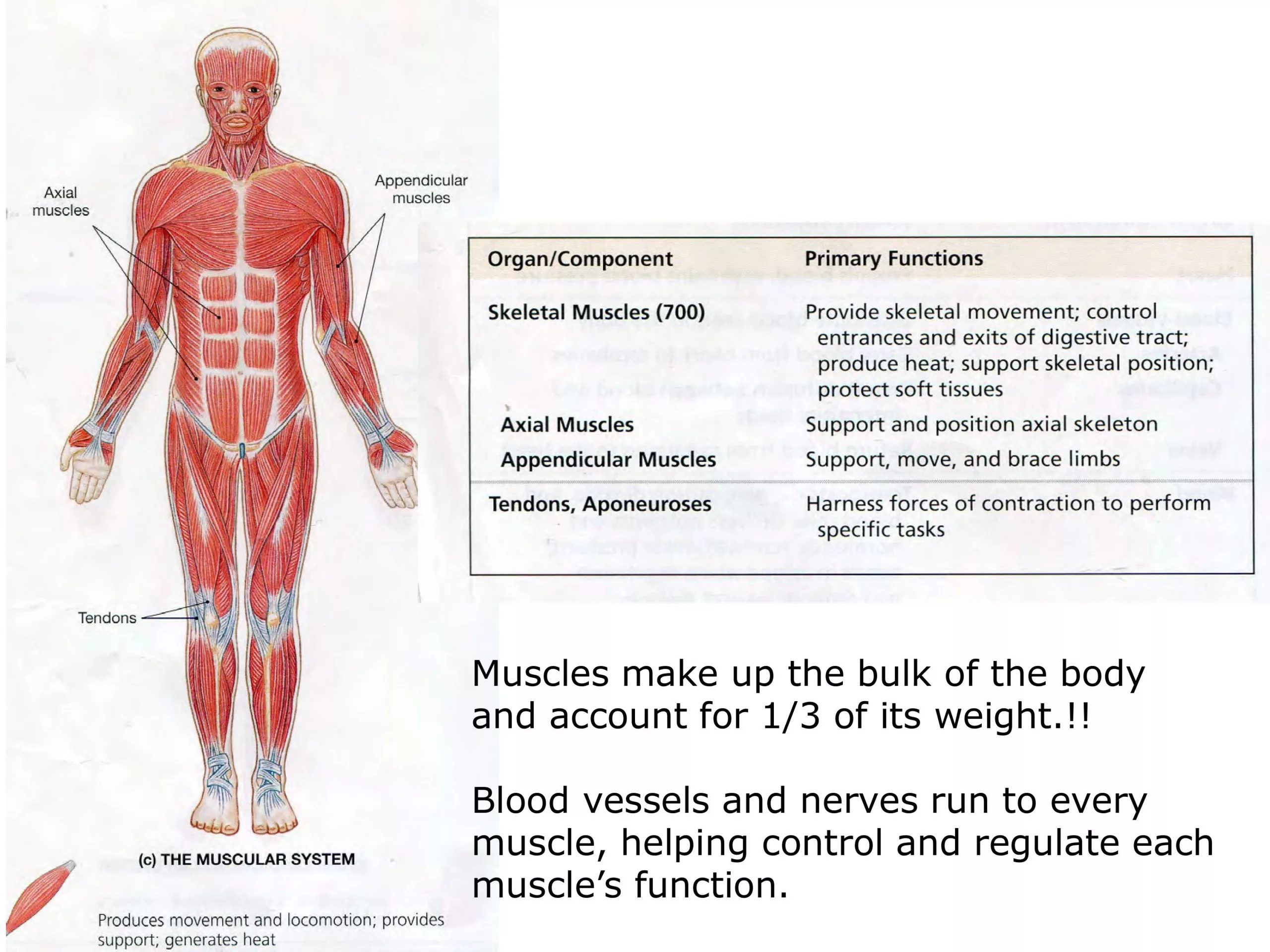
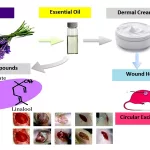


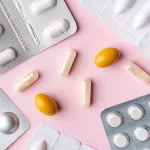




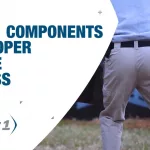

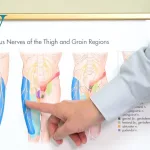
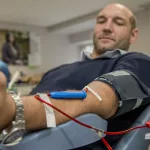
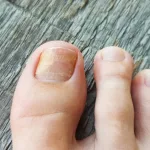

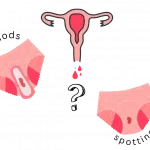

Leave a Reply
You must be logged in to post a comment.